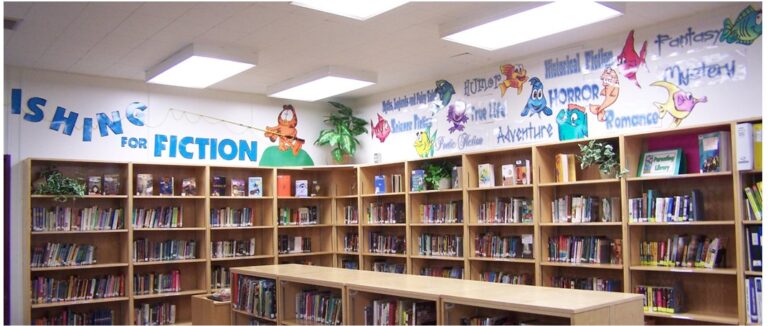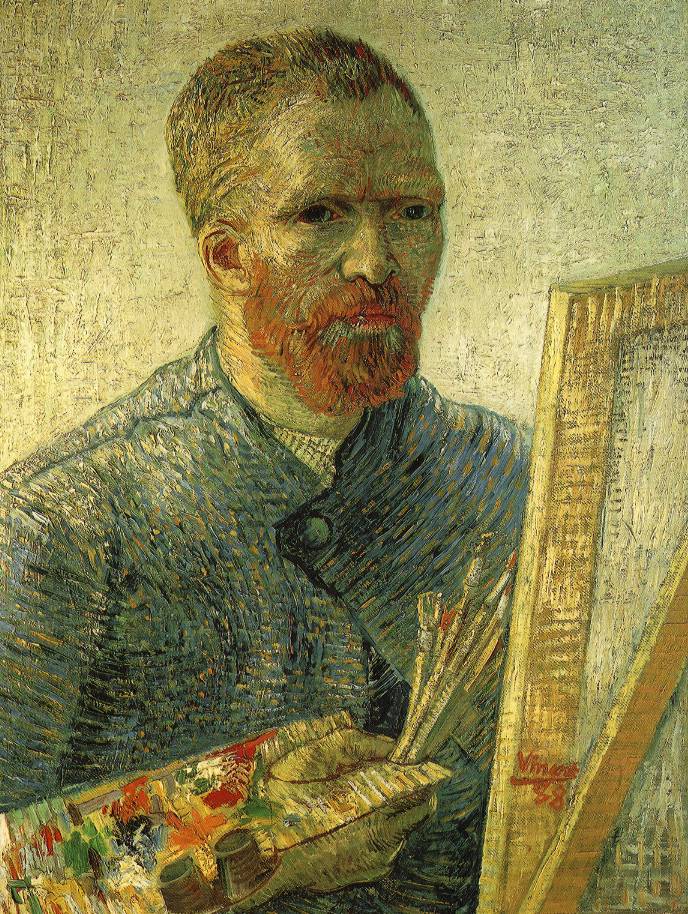Round-Down: Artists’ Books Now On Display Online
I have always loved artists’ books, though I didn’t until recently—embarrassingly—consider them part of their own genre. The Smithsonian Institution only weeks ago launched a new inter-institution project, digitally curating many gorgeous artists’ books online on a searchable platform. The Smithsonian is collaborating with the American Art Museum and National Portrait Gallery Library, the Hirshhorn Museum and Sculpture Garden Library, the Library at the National Museum of African Art, and other renowned institutions in order to make this careful digital curation a reality. Over six-hundred artists’ books are already searchable online and helpfully supplemented with notes and high-quality images of the books themselves.
In case you’re unfamiliar with artists’ books, the Smithsonian has included an introduction to the collection: “Artists’ books,” the introduction begins, “are works of art, like paintings or sculptures, but in book form. While book illustration has a much longer history, the book as art object is a product of the 20th century.” This primer goes on to note that “Many artists use the book format to create narratives to deal with difficult issues, with ideas that cannot be conveyed as clearly on a canvas or other medium. Some artist-made books illustrate the words of others, integrating art and literature. And some artists’ books do not have words at all.”
The challenge in creating this vast and growing archive is not immediately apparent, but is considerable. Anne Evenhaugen, reference librarian for the Smithsonian’s American Art and Portrait Gallery Library, mentions in Allison Meier’s article for Hyperallergic that a significant challenge is deciding how to catalogue and sort pieces “with a vocabulary often unique to printmakers and bookbinders, not to mention the significant task of categorizing a book as an artist’s book, as so many examples defy easy identification.” How, then, do we classify pieces that might even deliberately elude this easy or typical classification, and broker our desire to stay true to an artists’ vision with our desire to have these beautiful pieces available in digital form?
Unlike illustrations in books, the Smithsonian’s introduction also points out, artists’ books are a recent “product of the 20th century.” We’re also drawn to the further complicating idea that “Many artists intend their works to be interactive and expect their pages to be turned and the weight and texture of the book to be felt by the reader.” Online, while this sort of interaction isn’t possible, the photographs provide strong suggestion these details, and the archive invites us to consider the purpose of artists’ books–as beautiful art pieces with seriousness of intent and vision.


